Local Native Trees, Shrubs & Vines
| Plant Details | |
| Common Name Heart Leaved Willow Botanical Name Salix eriocephala This is one of the most durable willows! It can be used to make fence posts. Its tough, flexible stems are often used to make baskets. It needs moist soil and a sunny location. It is dioecious. Heart Leaved Willow Details |
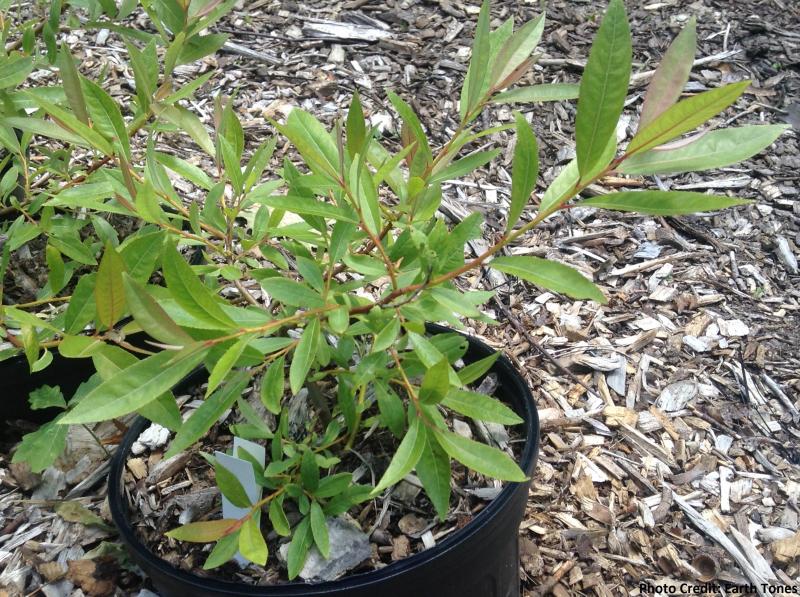 |
| Common Name Shining Willow Botanical Name Salix lucida This is one of the most attractive members of the Willow family! It has smooth, reddish-brown bark. It is often used to prevent stream bank erosion. It is dioecious. Shining Willow Details |
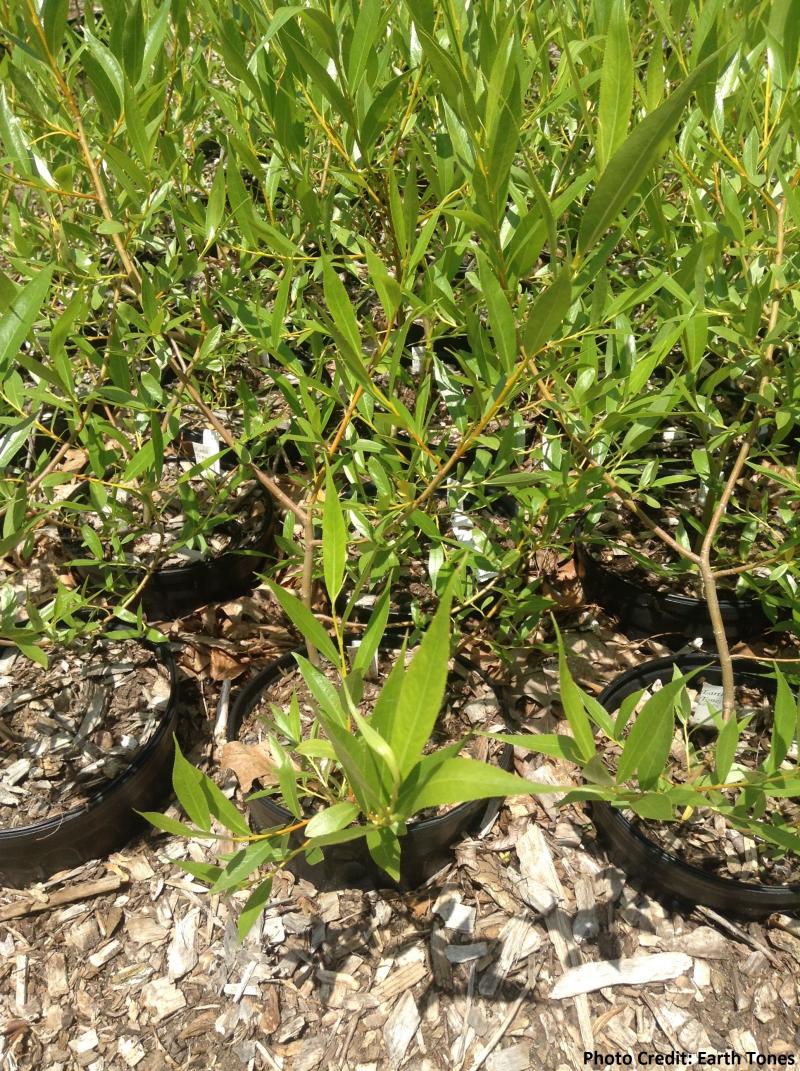 |
| Common Name Black Willow Botanical Name Salix nigra This shrub can obtain tree size in the right environment. It is fast growing and tolerates most soil conditions provided there is plenty of moisture. Produces many white flowered catkins in the early spring. It is dioecious. Black Willow Details |
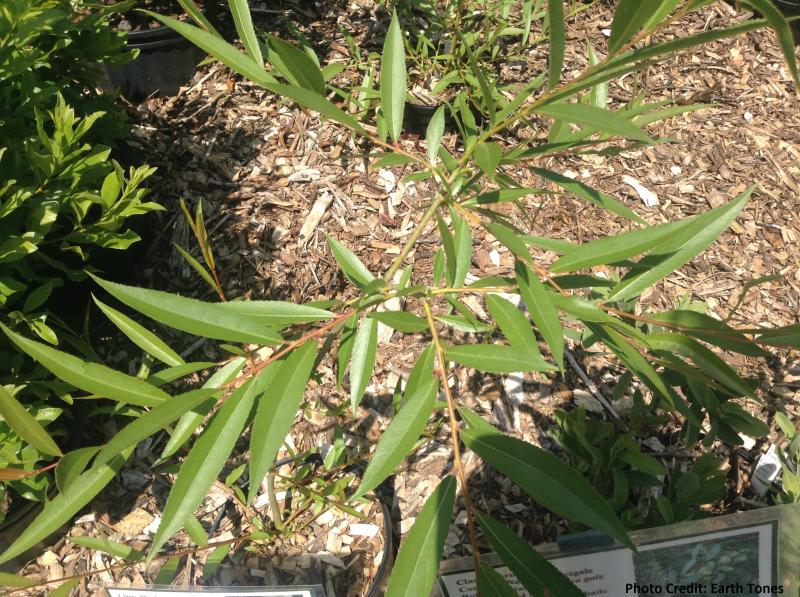 |
| Common Name Silky Willow Botanical Name Salix sericea This willow grows in swamps and along rivers and streams. It can grow up to 30 feet tall. The leaves have silky, white hairs on their undersides. It is dioecious. Silky Willow Details |
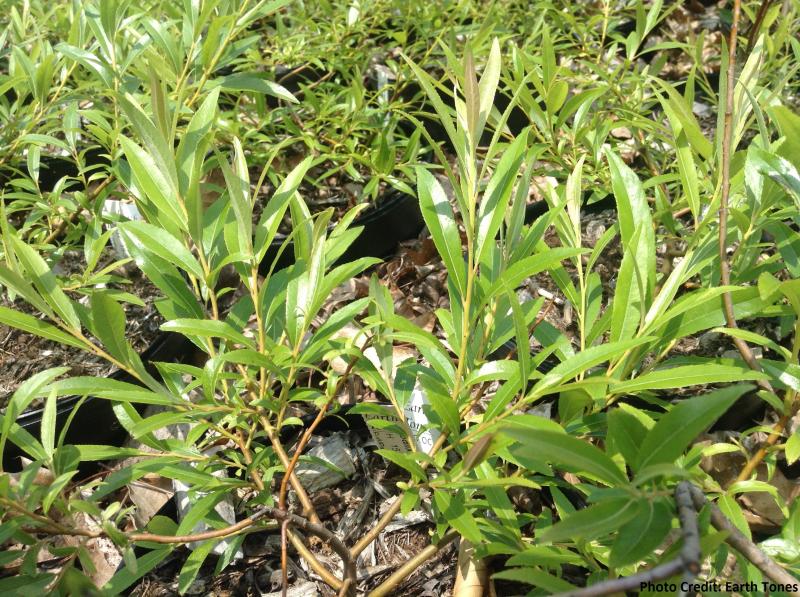 |
| Common Name Elderberry Botanical Name Sambucus nigra (canadensis) This shrub grows 5-12 feet high and wide. It gets white flowers June-July at the tips of its branches that produce fruit in August and September. Good for jellies, pies, juices, and wines. It attracts butterflies and birds. Its berries have a high vitamin C content. Soils can be acidic or basic but best if moist. Prefers swamps and pond edges, but can tolerate drier soils. Elderberry Details |
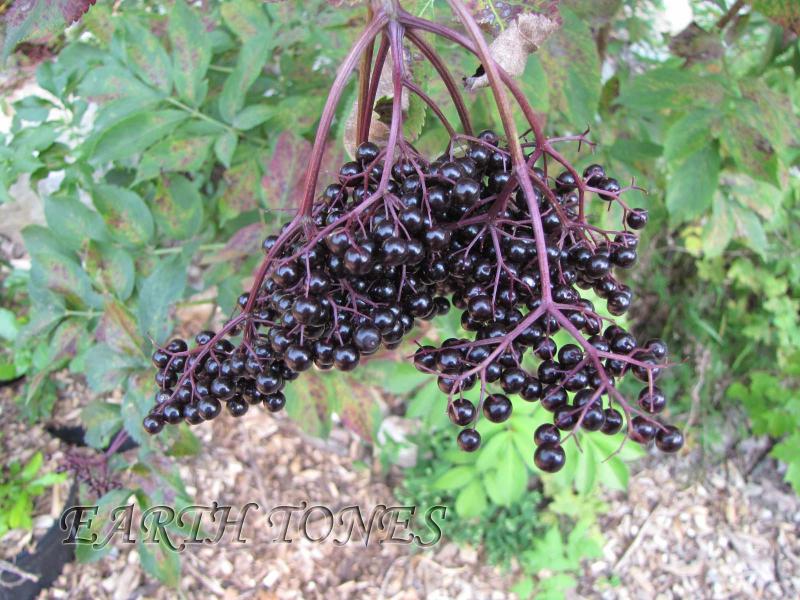 |
| Common Name Red-berried Elderberry Botanical Name Sambucus racemosa (pubens) The bright red berries of this shrub feed a wide variety of birds! Dyes can be made from its bark, berries, and stems. Produces white flowers in the late spring. Prefers moist, rich soil. Grows 5-12 feet tall. Red-berried Elderberry Details |
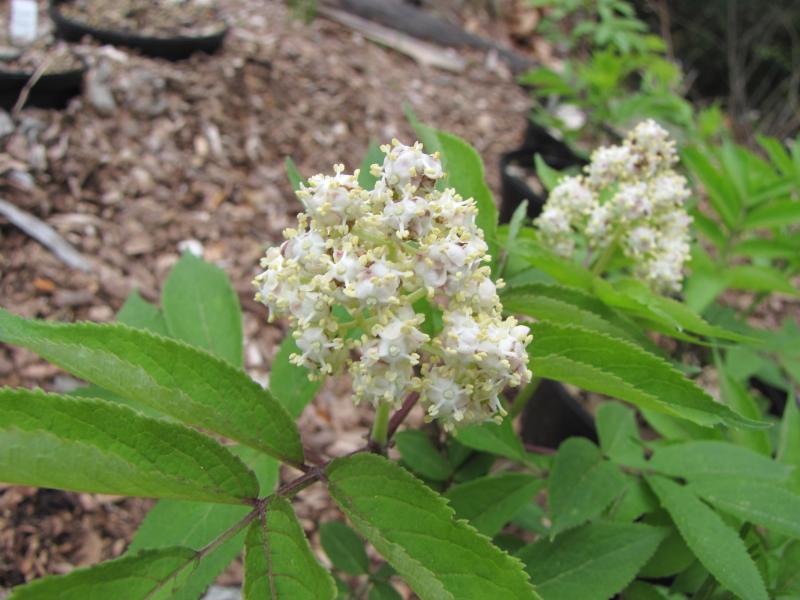 |
| Common Name Sassafras Botanical Name Sassafras albidum This tree has fragrant bark and roots. Grows 30-60 feet tall and makes an excellent shade tree. Prefers acidic, well-drained soil and sun to partial shade. Produces yellow flowers in the spring and a round, blue fruit. The fruit attracts birds and squirrels. It is dioecious. Good fall color. Sassafras Details |
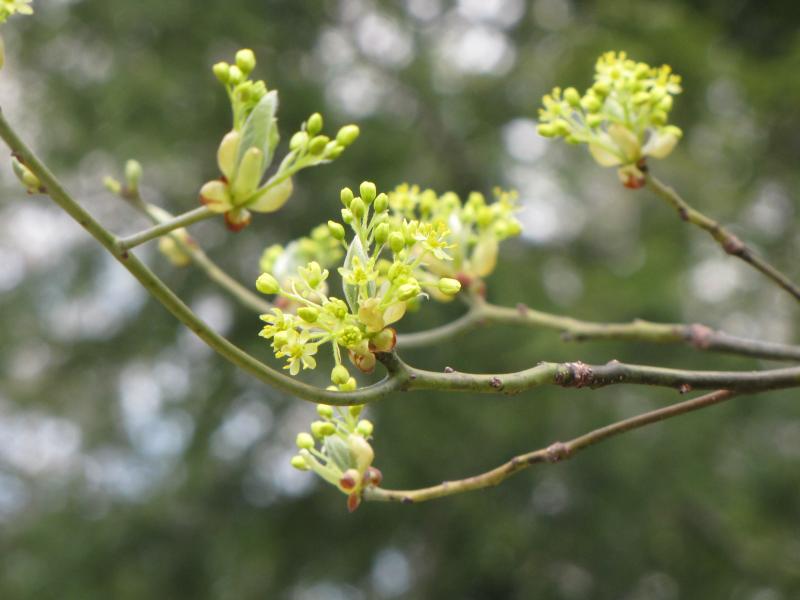 |
| Common Name American Mountain Ash Botanical Name Sorbus americana Small tree that has small leaflets. Found in moist woodlands, slopes, wet thickets and openings. Develops creamy white flowers in late spring at tips of its branches followed by bright orange to red berries in the fall which the birds LOVE! American Mountain Ash Details |
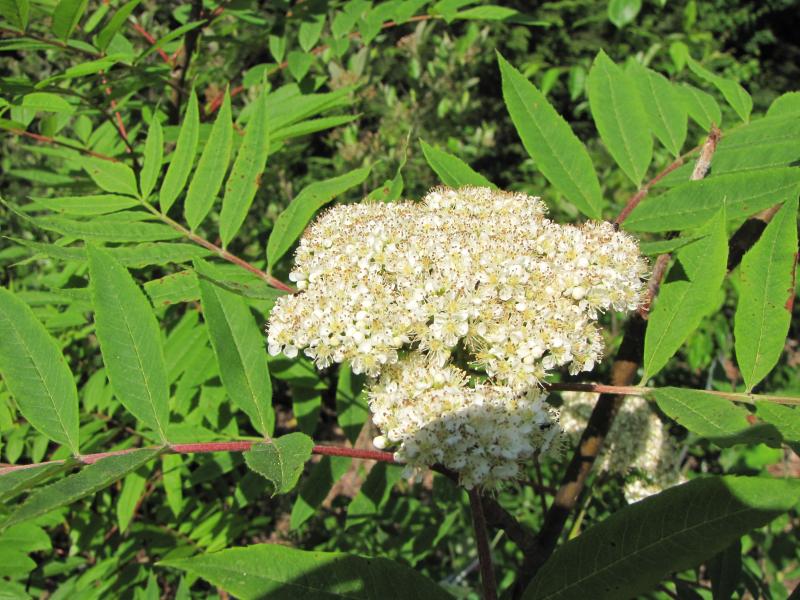 |
| Common Name Meadowsweet Botanical Name Spiraea alba (latifolia) This shrub grows 2-4 feet tall. It has fluffy white to pink flowers in summer at the ends of its branches which attract butterflies as well as hummingbirds. Enjoys moist to rocky soils in full sun. Meadowsweet Details |
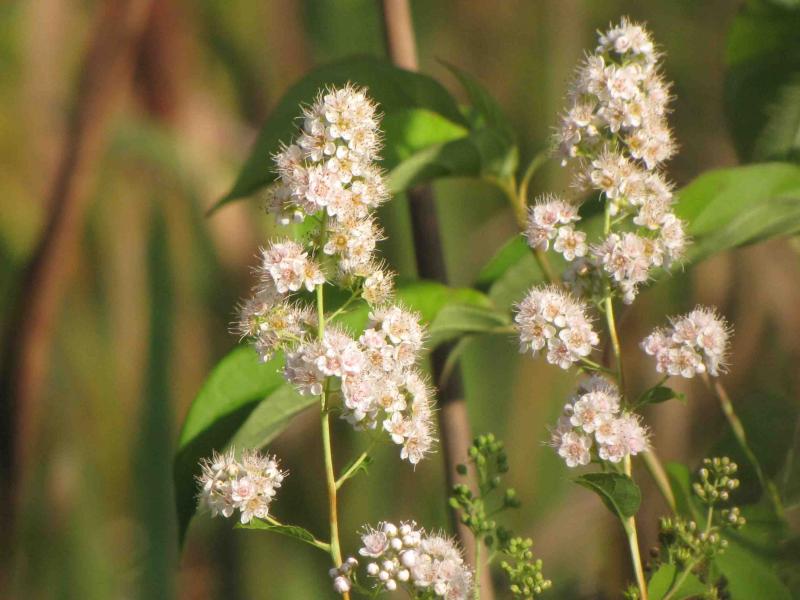 |
| Common Name Steeplebush or Hardhack Botanical Name Spiraea tomentosa Develops rosy pink flowers in steeple like clusters in the summer. Grows 2-4 feet tall. Prefers moist soils and full sun. Good for wet meadows or near ponds. Steeplebush or Hardhack Details |
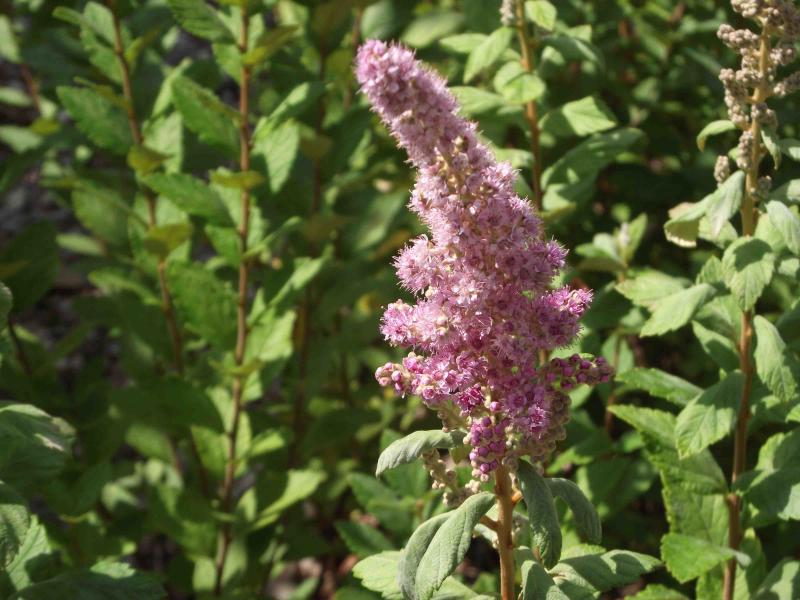 |
